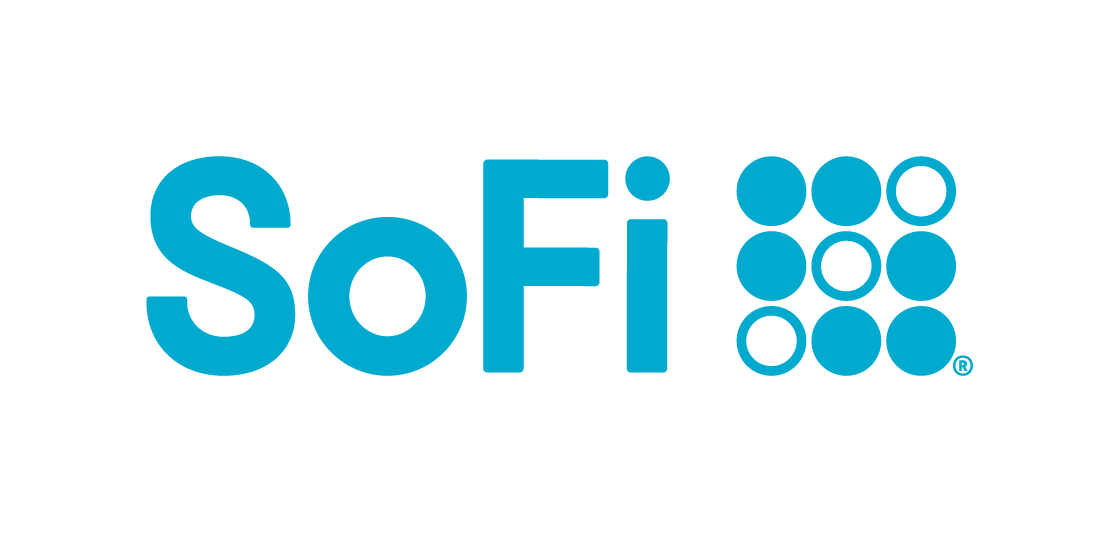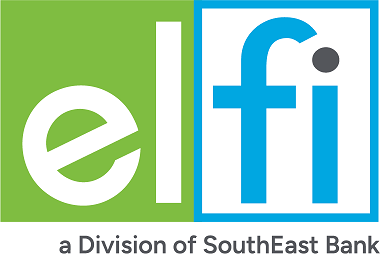Paying for college is something many parents already lose sleep over, with the average annual cost approaching $40,000. So, it stands to reason, that many are concerned with the changes to Parent PLUS loans that are to be implemented with the passage of the Big Beautiful Bill in early July.
Come July 1, 2026, Parent PLUS loans will now have borrowing limits. The limits are $20,000 per year with an aggregate limit, per child, of $65,000. This limit per child includes all borrowing parents, meaning the limit is applied to the child, not the parent borrowing. There is a clause that grandfathers in prior loans for existing borrowers, such that the aggregate limit of prior loans will not count towards the new limits.
What is a Parent PLUS Loan
A Parent PLUS loan is a loan available to parents of eligible dependent undergraduate students who are enrolled at least half-time, to help pay for the costs associated with college. This loan belongs to the parent alone but is used on behalf of the child. While excellent credit is not a requirement, borrowers can not have an adverse credit history. This means that there can be no reports of bankruptcy, foreclosure or delinquencies in the last 5 years, among other requirements.
Currently parents seeking a Parent PLUS loan can borrow up the schools stated annual cost of attendance less any other financial assistance received. This cost includes all expenses associated with obtaining an education including tuition, housing, books, fees and the like for a given academic year. Depending on the school, this number could be a few thousand or upwards of $100,000 for some private schools.
Parent PLUS loans are unsubsidized loans, meaning they begin to accrue interest at disbursement. Parents can choose to defer payments while their children are in school, but doing so allows interest to continue to accrue and that interest will capitalize (be added to the principal) when repayment begins. Parent PLUS loans can be taken out each year the child is enrolled at least half-time.
In the past, parent borrowers did not have lifetime caps or aggregate limits on Parent PLUS loans. This means a parent helping their child pursue a degree at an ivy league university, could accumulate a hundred thousand dollars or more in loans for just that child alone, and could take on even more debt for another child that attended college as well (as long as the loans were within the schools stated cost of attendance).
How Much Are Parents Paying for Their Children’s College
While the student is the one attending college, many parents contribute a substantial amount of money to help their child realize their dream. A study by Sallie Mae revealed that parents cover a large portion of college expenses, about 37%, using their own income and savings, and another 8% that they borrow. That’s more than half of the costs falling on the parents. Students only shoulder about 20% of the total costs of their degree.
28% of families have 2 children and the next 28% have more than 2 children. For a family with just 2 children, at an annual cost of $40,000, per child, covering roughly half the cost equates to $160,000 of debt for the parents within 4-8 years (depending on the ages of the children and if both attend college). In addition to housing, cars and other household expenses, this level debt could be unstainable for many.
Options to Pay for College
There are a variety of options to pay for college from scholarships and grants to federal work study programs, to part-time employment and federal and private student loans.
Federal Financial Aid Options for Undergraduate Students
Undergraduate students can apply to the FAFSA® (Free Application for Federal Student Aid) to begin the process of accessing and utilizing federal financial aid for student who demonstrate financial need. Federal aid consists of grants such as the Pell Grant among others, work study programs and federal student loans. Grants are gift-aid and do not need to be repaid. Work study is a program that provides students the opportunity to work on campus to cover some of their educational costs.
Federal loans are just that, loans and they need to be repaid. However, unlike other loans an individual may borrow, federal loans come with borrower benefits such as income-driven repayment and forgiveness options. Despite loan limits coming for Parent PLUS loans, undergraduates still can access Direct Loans. Depending on need, undergraduates may be offered a subsidized loan which covers interest while the loan is in deferment.
Direct Loans also have loan limits. Annual limits will vary depending on the dependency status of the undergraduate student, with independent students and students who parents are unable to obtain a PLUS loan given slightly higher limits. The annual limit for undergraduate dependent students (whose parents can obtain a PLUS loan) range between $5,500 and $7,500 determined by the student’s year in school. The maximum subsidized limit annually ranges from $3,500 to $5,500. The aggregate limit for a dependent student is $31,000 with no more than $23,000 of that total being subsidized.
Even with the new loan limits, between Direct Loans and Parent PLUS loans, a student and their family can borrow federal loans between $25,500 to $27,500 annually up to an aggregate of $96,000 .
The study by Sallie Mae stated that roughly 27% of college expenses are covered by scholarships and grants. If average school expenses run $40,000 per year and about $10,000 of that is covered by scholarships and grants that leaves $30,000. If students and parents borrow between $25,000 and $27,000 in federal student loans, the balance left over would be only a few thousand dollars. To cover that, families can use savings, borrow from family members or friends, students could work part-time over the summer or during school, or as a last resort, borrow a private student loan to fill the financial aid funding gap.
Private Student Loans for Undergraduate Students
Private student loans are available as another option to help pay for school. These loans don’t have the same borrower benefits as federal student loans, but if in a pinch they could help cover any last-minute costs or shortfalls. To get a private student loan typically requires either the borrower (the student) and/or a cosigner (generally a parent) to be creditworthy and have a good credit score. The better the credit score, the more likely it is to get a better interest rate.
Also, unlike federal loans which only offer fixed interest rates, private loans offer both fixed and variable interest rates. Variable rates might look attractive initially but could change over the life of the loan and go up or down dependent on current market conditions. This will impact monthly payments and make it harder to budget, if budgets are tight.
Just like an unsubsidized federal loan, private loans will start to accrue interest upon disbursement. These loans can be deferred while the student is in school, per the lender’s requirements, but it’s advised to make payments during school it at all possible to at the least cover the interest or at best to pay down before graduation.
So, despite new limits being imposed on Parent PLUS loans, it is still feasible to pay for school for your children. You may have to talk to your children and encourage them to attend a more reasonably priced school to ensure affordability. But with some planning and practicality college dreams can still be achieved.




















